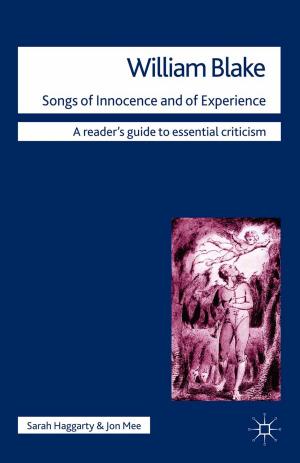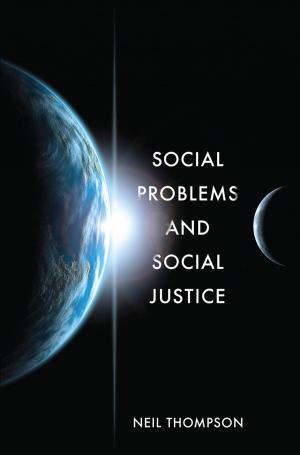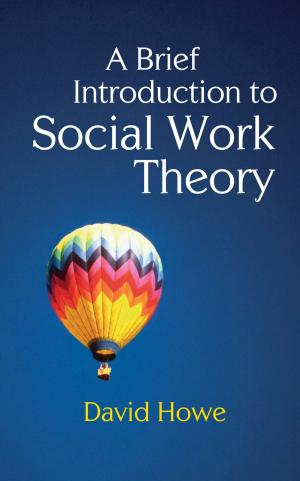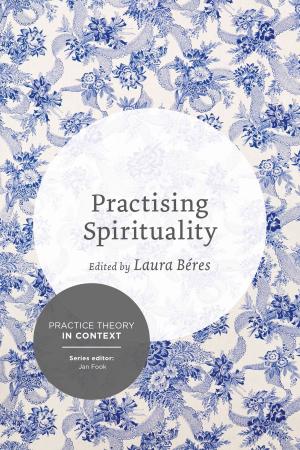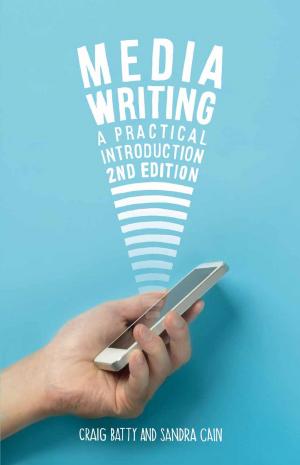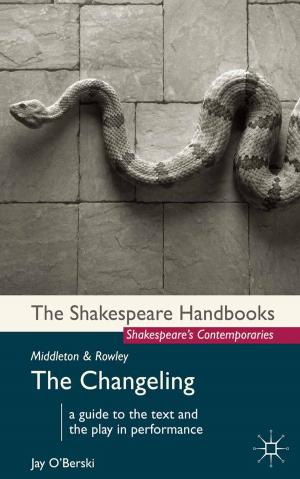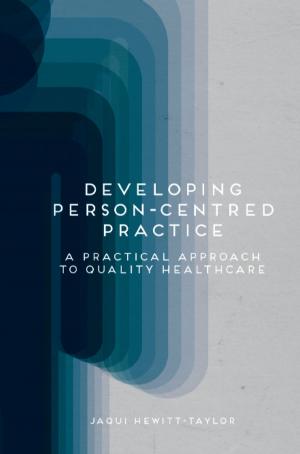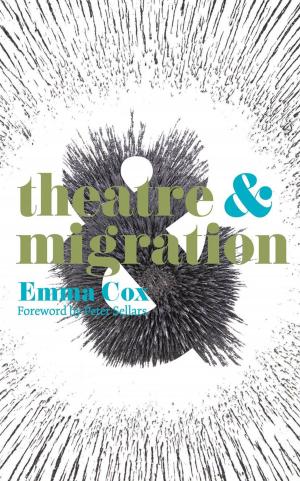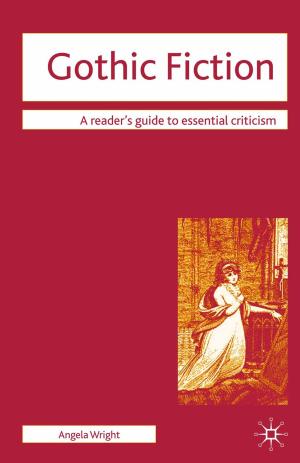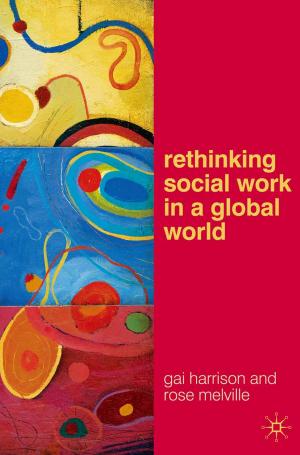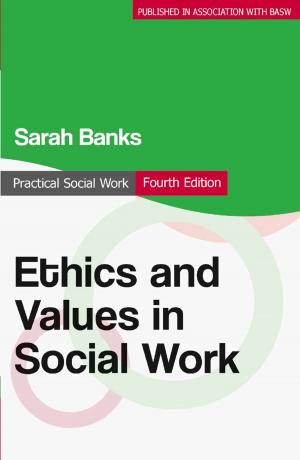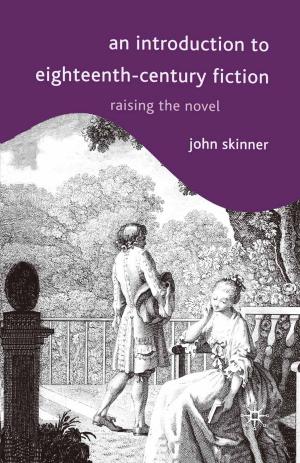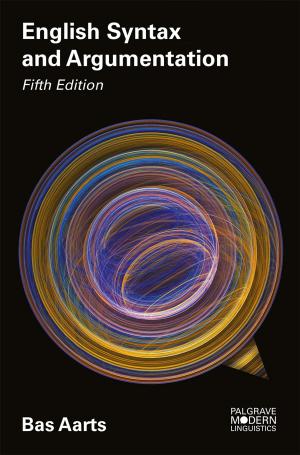| Author: | Huw Griffiths | ISBN: | 9780230209237 |
| Publisher: | Macmillan Education UK | Publication: | October 28, 2004 |
| Imprint: | Red Globe Press | Language: | English |
| Author: | Huw Griffiths |
| ISBN: | 9780230209237 |
| Publisher: | Macmillan Education UK |
| Publication: | October 28, 2004 |
| Imprint: | Red Globe Press |
| Language: | English |
Hamlet is one of the best known works of English literature throughout the world, and its central character one of Shakespeare's most recognisable and enduring creations. Hamlet's first critics in the seventeenth century were, however, concerned with the play's apparent lack of decorum, whilst the Romantics revelled in the melancholy prince's isolation. Caught between a dead father and a remarried mother, Hamlet inevitably provided scope for Freud and the psychoanalytic writers of the twentieth century. The play has retained its fascination for more recent critics and every new interpretation provides fuel for further study.
In this Guide, Huw Griffiths traces the history of the play's criticism from the 1660s through to the present day. Readers are provided with substantial excerpts from all the key critical readings - including accounts of the interaction between film versions and critical interpretations. Griffiths places each reading of the play within its own historical context and within the history of literary criticism, offering both students and teachers an approachable introduction to the critical fortunes of this most influential text.
Hamlet is one of the best known works of English literature throughout the world, and its central character one of Shakespeare's most recognisable and enduring creations. Hamlet's first critics in the seventeenth century were, however, concerned with the play's apparent lack of decorum, whilst the Romantics revelled in the melancholy prince's isolation. Caught between a dead father and a remarried mother, Hamlet inevitably provided scope for Freud and the psychoanalytic writers of the twentieth century. The play has retained its fascination for more recent critics and every new interpretation provides fuel for further study.
In this Guide, Huw Griffiths traces the history of the play's criticism from the 1660s through to the present day. Readers are provided with substantial excerpts from all the key critical readings - including accounts of the interaction between film versions and critical interpretations. Griffiths places each reading of the play within its own historical context and within the history of literary criticism, offering both students and teachers an approachable introduction to the critical fortunes of this most influential text.

